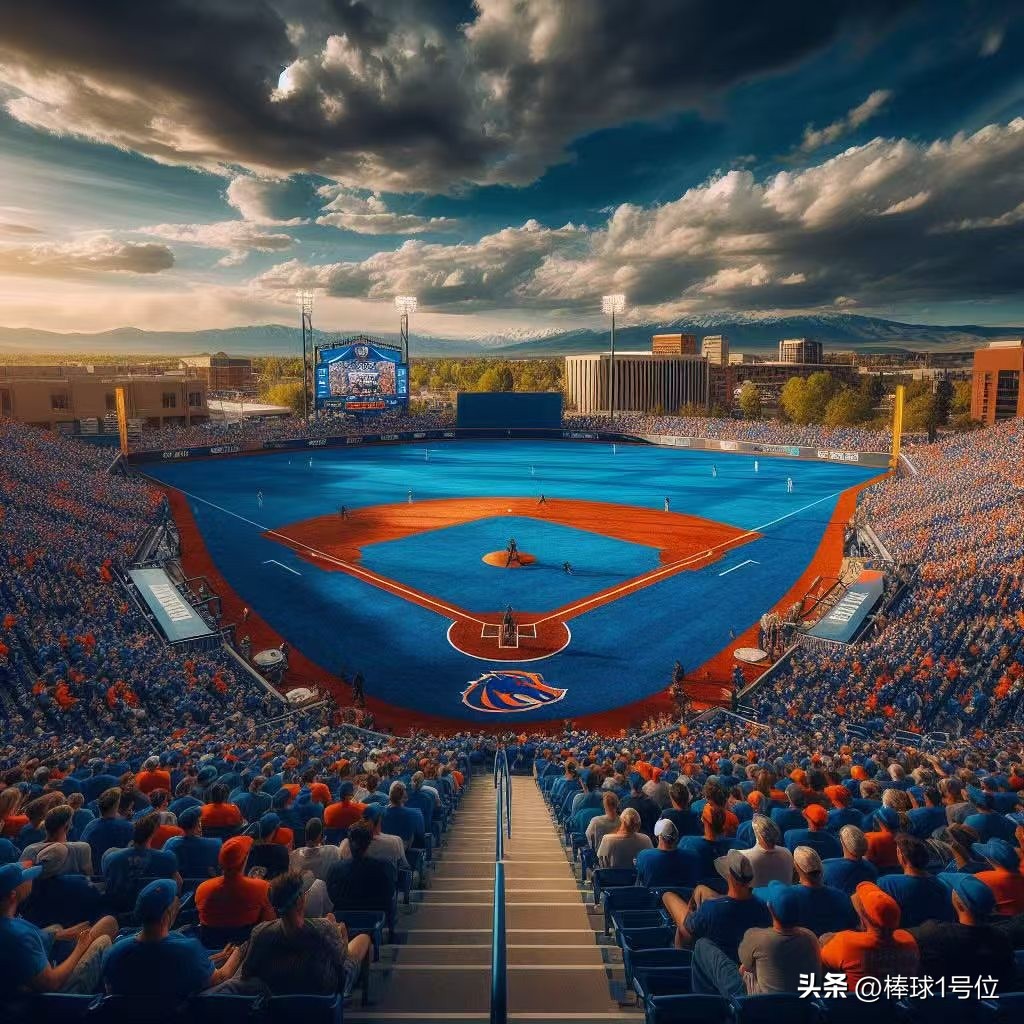【Baseball and Softball Rules】National Children's Soft Baseball and Softball Competition Rules (6) Baseball No. 1 Position
Baseball and softball runner
6.01 Base Runner: A batter is a base runner when he completes his batting task and reaches first base safely.
6.02 Strikes
Base Entry: Runners should legally step on the base bag and cross the line in the order of first base, second base, third base, and home plate scoring line.
A runner can run a base in the following situations:
a. when a batsman strikes a ball in bounds;
b. When the ball touches the referee or the runner standing on the base (in which case the game continues).
c. The runner may leave the base and run the base only after the batter's bat touches the ball. Violators are judged to be "leaving the base too early" and sentenced to the runner to leave
game, which is a dead-ball situation.

6.03 Return to base
a. When the runner returns to base during the game, he or she touches the base in reverse order. This is not the case in the case of dead balls.
b. If the batter hits the ball and becomes a dead ball, the runner returns to the base position.
c. When the free ball is caught by the fielder, it becomes a dead ball and the runner must return to the original base.
6.04 Two or more runners may not occupy the same base bag at the same time. When forced to run base, the runner at the back has the right to base;
In free entry, the runner in front of him has the right to run the base.

6.05 The runner is ruled out
a. A runner is dismissed if:
(1) Leaving the base too early; When the runner leaves base before the batter has completed his stroke;
(2) When the runner leaves the base pack and is held by the fielder and raises his hand;
(3) When a runner overtakes or touches a runner in front of him;
(4) When a runner returns to the team station due to an error in judgment.
b. A runner is dismissed for obstructing a defense if:
(1) When a runner obstructs a fielder from receiving the ball or raising his hand;
(2) When a runner touches an in-bounds ball struck by a batter;
(3) When the runner interferes with the fielder;
c. Detailed provisions in the Kill by Raise Hand Rules
(1) When only one player does not reach base, that player is out.
(2) When more than one person does not play base:
When a runner is included, the runner is out.
If the runner is not included, the runner in the front position is out, and the runner in the back position can return to the original base position, but cannot be returned
Go to a base when you are on the original base.
(3) It has been safely on more than one base, and when it enters the base continuously, it is killed by raising its hand and returning to the previous safe base.

6.06 The referee may grant a runner a safe run in accordance with the following rules:
a. When the ball enters the void zone, the runner is given two bases. (That is, the runner wants to reach the base on the basis of safety.)
Go to first base)
b. When a runner is blocked, the referee awards the blocked runner and other affected runners to the referee's decision
Break and safely advance to a base that can be reached if there is no obstruction.
c. A throw-in ball is intentionally touched or caught by a fielder with a hat or jersey that is out of the normal position of the body
The runner has two bases.
Exception: If the referee believes that the ball in bounds may go out of the outfield if it is not unlawfully touched or caught
net, it can be judged as a home run.
d. If the ball passed back to the referee is intentionally thrown by the fielder or intentionally delays the time of play, all runners and runners
Sentenced to a safe base.


Wonderfulshortvideo

Ya like Jazz? 🎷



Smooth EVERY TIME 😮💨








 Links
Links
 Contact
Contact
 App
App


